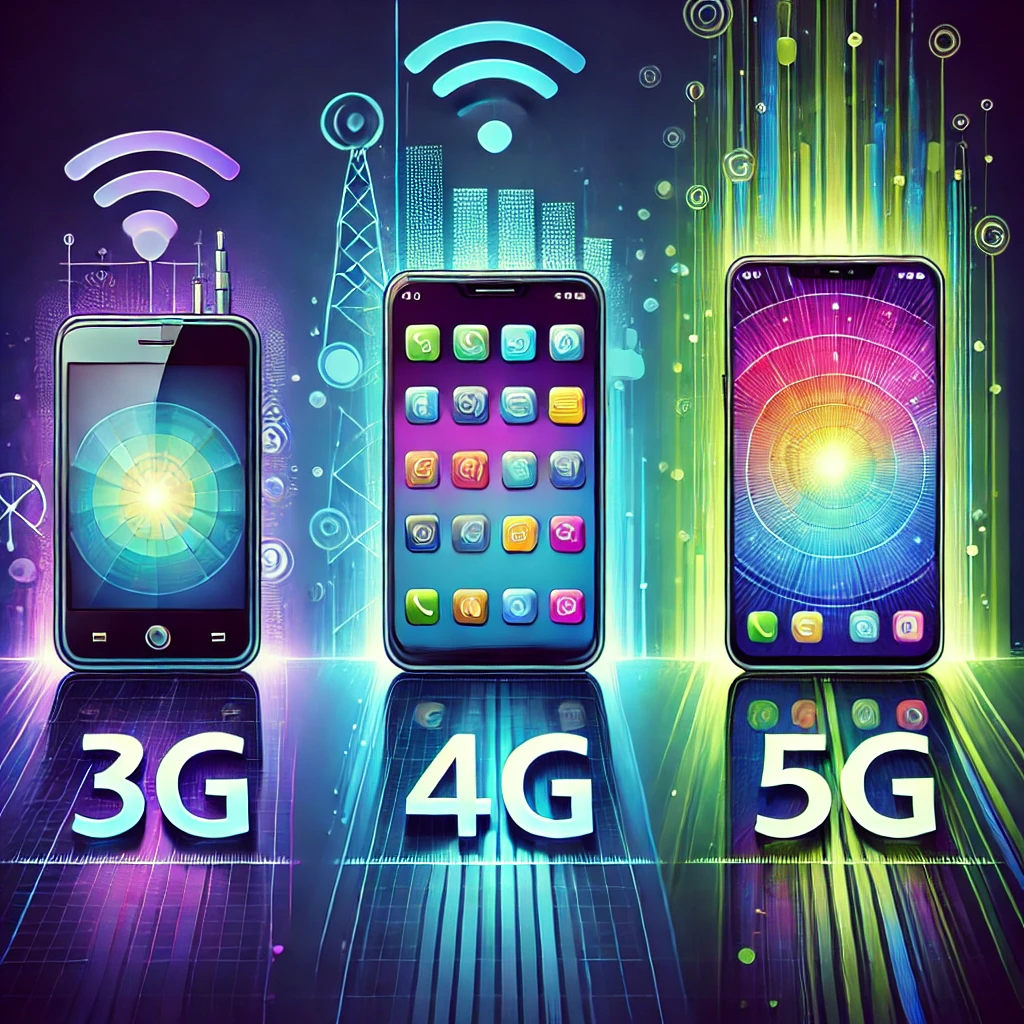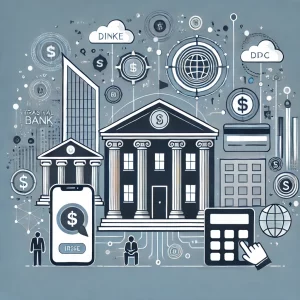The Evolution of Smartphones From 3G to 5G

The evolution of smartphones over the past two decades has been nothing short of revolutionary. From basic devices capable of little more than making calls and sending text messages to today’s powerful mini-computers, smartphones have redefined how we communicate, work, and play. Central to this transformation is the advancement in mobile network technology, transitioning from 3G to the current 5G era. This article explores the journey, highlighting key milestones and the impact of each generation.
The Rise of 3G: The Gateway to the Mobile Internet
The third generation (3G) of mobile network technology, launched in the early 2000s, marked the beginning of the smartphone era as we know it. It introduced faster data speeds compared to its predecessor, 2G, which primarily supported voice calls and text messaging. With data rates of up to 2 Mbps, 3G allowed for the first real internet browsing experiences on mobile devices.
This leap in connectivity fueled the development of apps and services that would shape the future of mobile technology. Email, social media, and rudimentary video streaming became possible, laying the groundwork for mobile-centric lifestyles. Iconic devices like the BlackBerry and early iPhones thrived in the 3G ecosystem, heralding a new age of productivity and connectivity.
However, 3G had its limitations. Bandwidth was often insufficient for heavy data usage, and streaming media remained choppy. While groundbreaking for its time, the demand for faster speeds and more reliable connectivity grew rapidly as users began to expect seamless online experiences.
4G: Ushering in the Age of Speed and Streaming
The advent of 4G networks in the late 2000s addressed many of the shortcomings of 3G. With speeds averaging between 100 Mbps and 1 Gbps, 4G revolutionized mobile internet by enabling high-definition video streaming, cloud computing, and real-time online gaming. Smartphones began to resemble the multi-functional devices we use today, capable of handling complex applications and media-intensive tasks.
The rise of 4G coincided with significant advancements in smartphone hardware. Devices like the iPhone 4 and Samsung Galaxy S series introduced high-definition displays, improved cameras, and app ecosystems that flourished in the high-speed 4G environment. Services like YouTube, Netflix, and Spotify found a natural home on 4G networks, encouraging users to consume vast amounts of media on the go.
For businesses, 4G opened new horizons. The gig economy, powered by apps like Uber, Lyft, and DoorDash, was born out of the ability to leverage location-based services and real-time connectivity. Video conferencing and cloud storage services also expanded, making remote work more viable.
Despite its remarkable capabilities, 4G wasn’t perfect. As the number of connected devices surged, network congestion became an issue. The increasing demand for data-intensive applications pushed the boundaries of 4G’s capacity, paving the way for the next generation.
The 5G Revolution: A New Era of Connectivity
5G, the fifth generation of mobile networks, began rolling out globally in the late 2010s. Promising speeds of up to 10 Gbps and latency as low as 1 millisecond, 5G represents a quantum leap in connectivity. Its impact is not just incremental but transformational, enabling technologies that were previously deemed futuristic.
Key Features of 5G
- Speed and Bandwidth: 5G offers significantly higher download and upload speeds, making it possible to download a full-length HD movie in seconds.
- Ultra-Low Latency: With near-instantaneous response times, 5G is ideal for applications requiring real-time communication, such as augmented reality (AR), virtual reality (VR), and remote surgery.
- Massive Device Connectivity: 5G can support up to 1 million devices per square kilometer, addressing the explosion of connected devices in smart cities and the Internet of Things (IoT).
Applications of 5G
The rollout of 5G is already transforming industries and consumer experiences:
- Healthcare: Telemedicine, remote surgery, and wearable health devices are becoming more sophisticated, leveraging 5G’s speed and reliability.
- Autonomous Vehicles: 5G enables vehicles to communicate with each other and with infrastructure in real-time, enhancing safety and efficiency.
- Gaming and Entertainment: Cloud gaming platforms like Xbox Cloud Gaming and Stadia thrive in the 5G era, providing console-quality experiences on mobile devices.
- Smart Cities: From intelligent traffic management to energy-efficient buildings, 5G is the backbone of smart city initiatives.
The Impact of 5G on Smartphones
For consumers, 5G smartphones represent the pinnacle of mobile technology. Devices such as the iPhone 15, Samsung Galaxy Z Fold, and Google Pixel 8 Pro are optimized to take full advantage of 5G’s capabilities. With enhanced processing power, AI-driven features, and superior camera systems, these smartphones are not just communication tools but gateways to immersive experiences.
The combination of 5G and edge computing is particularly noteworthy. By processing data closer to the user, edge computing reduces latency further and enhances the performance of applications like AR navigation, live translation, and real-time collaboration tools.
Challenges and Criticism
Despite its promise, the transition to 5G has not been without challenges. Deployment has been slow in some regions due to the high cost of infrastructure upgrades and spectrum allocation. Additionally, concerns about security and potential health risks have sparked debates and misinformation campaigns.
Another critical issue is accessibility. While urban centers enjoy the benefits of 5G, rural areas often lag behind, exacerbating the digital divide. Ensuring equitable access to 5G networks is essential for unlocking its full potential.
Looking Ahead: Beyond 5G
While 5G is still in its infancy, research into sixth-generation (6G) networks is already underway. Expected to launch in the 2030s, 6G aims to push connectivity to the terabit-per-second level, enabling applications like holographic communication, advanced AI integration, and quantum computing on mobile devices.
The evolution from 3G to 5G has not only transformed smartphones but also reshaped society. As we look ahead, the potential of mobile technology seems boundless, promising innovations that will redefine how we interact with the world around us.
Conclusion
The journey from 3G to 5G highlights the relentless pace of technological advancement in the smartphone industry. Each generation has built upon the last, addressing limitations and unlocking new possibilities. Today, 5G stands as a testament to the power of connectivity, driving innovation across industries and enhancing everyday life. As we embrace the 5G era and anticipate the arrival of 6G, one thing is certain: the evolution of smartphones and network technology will continue to shape the future in unimaginable ways.





